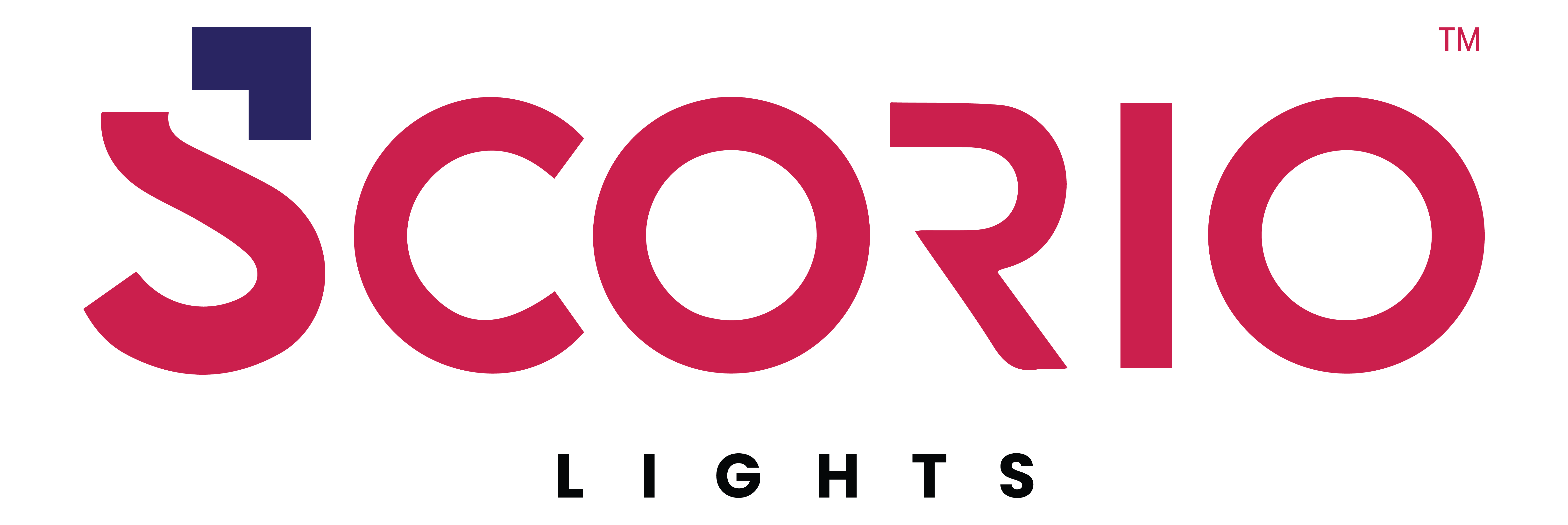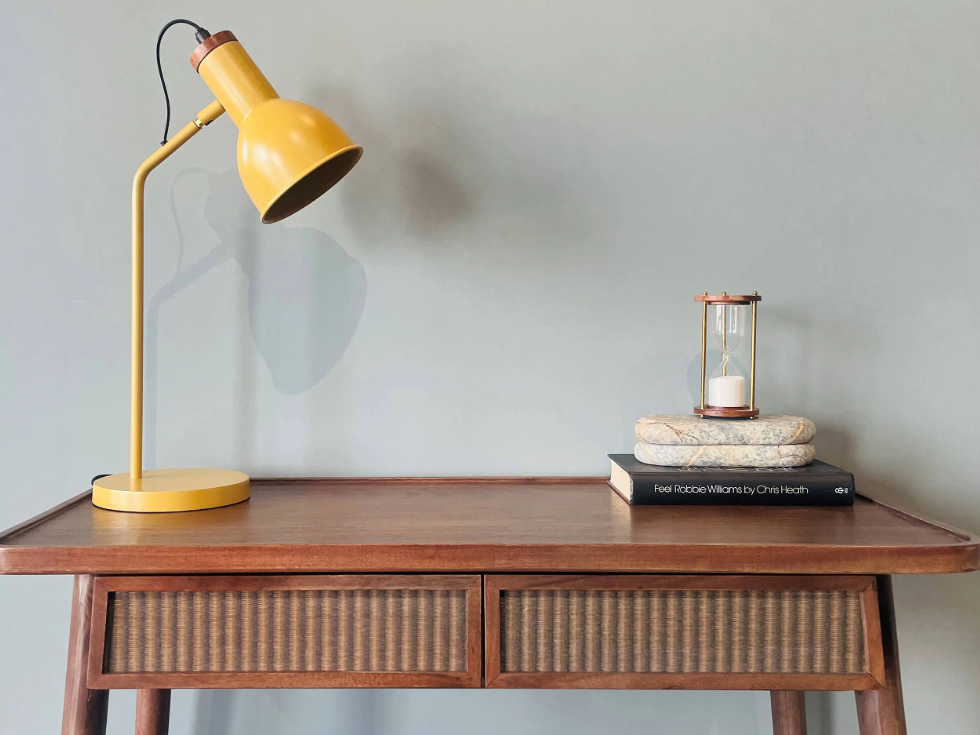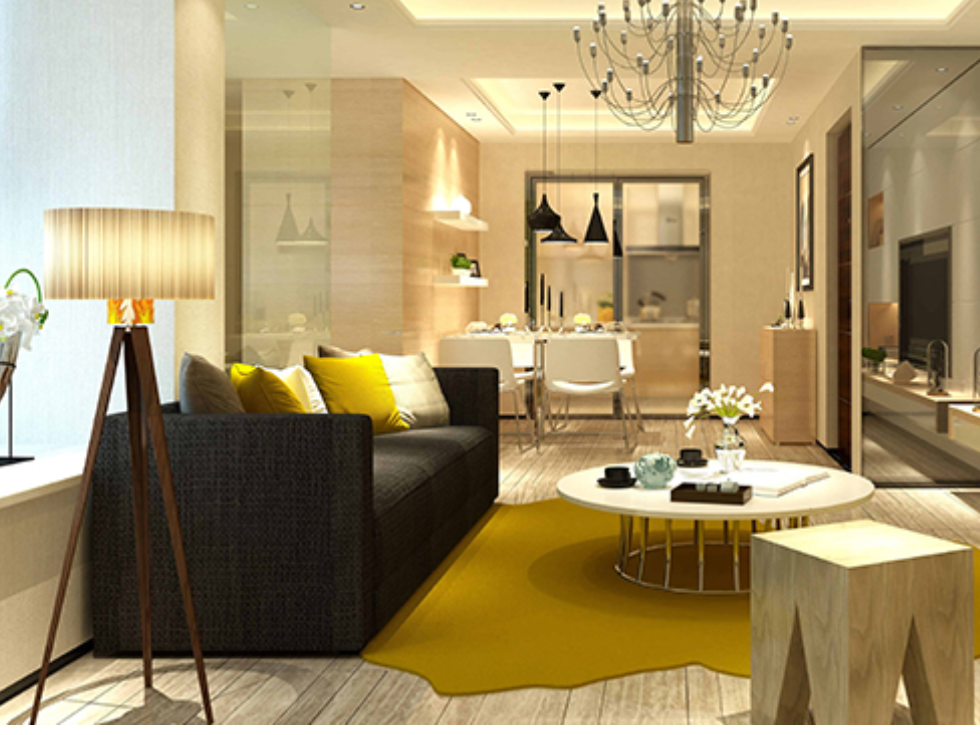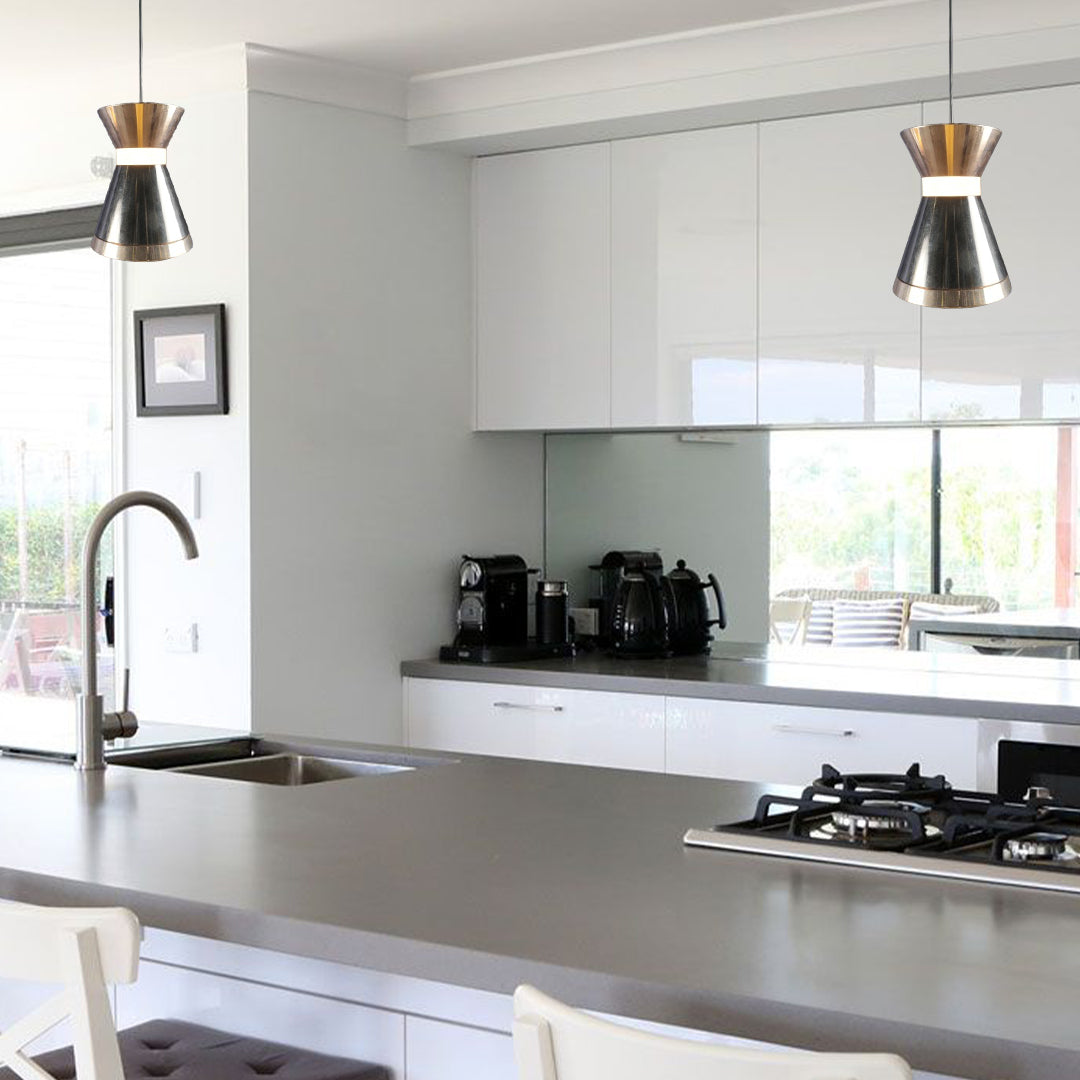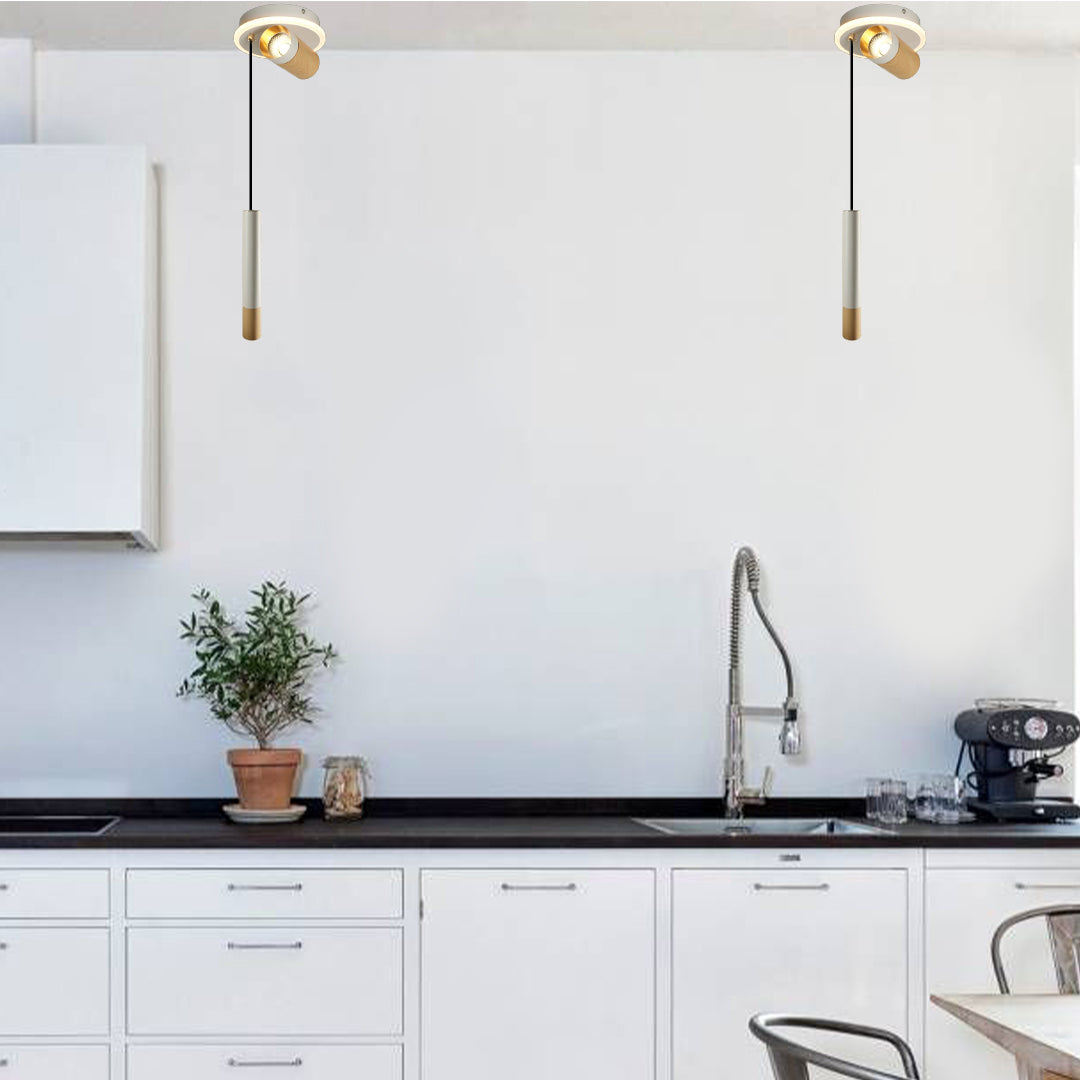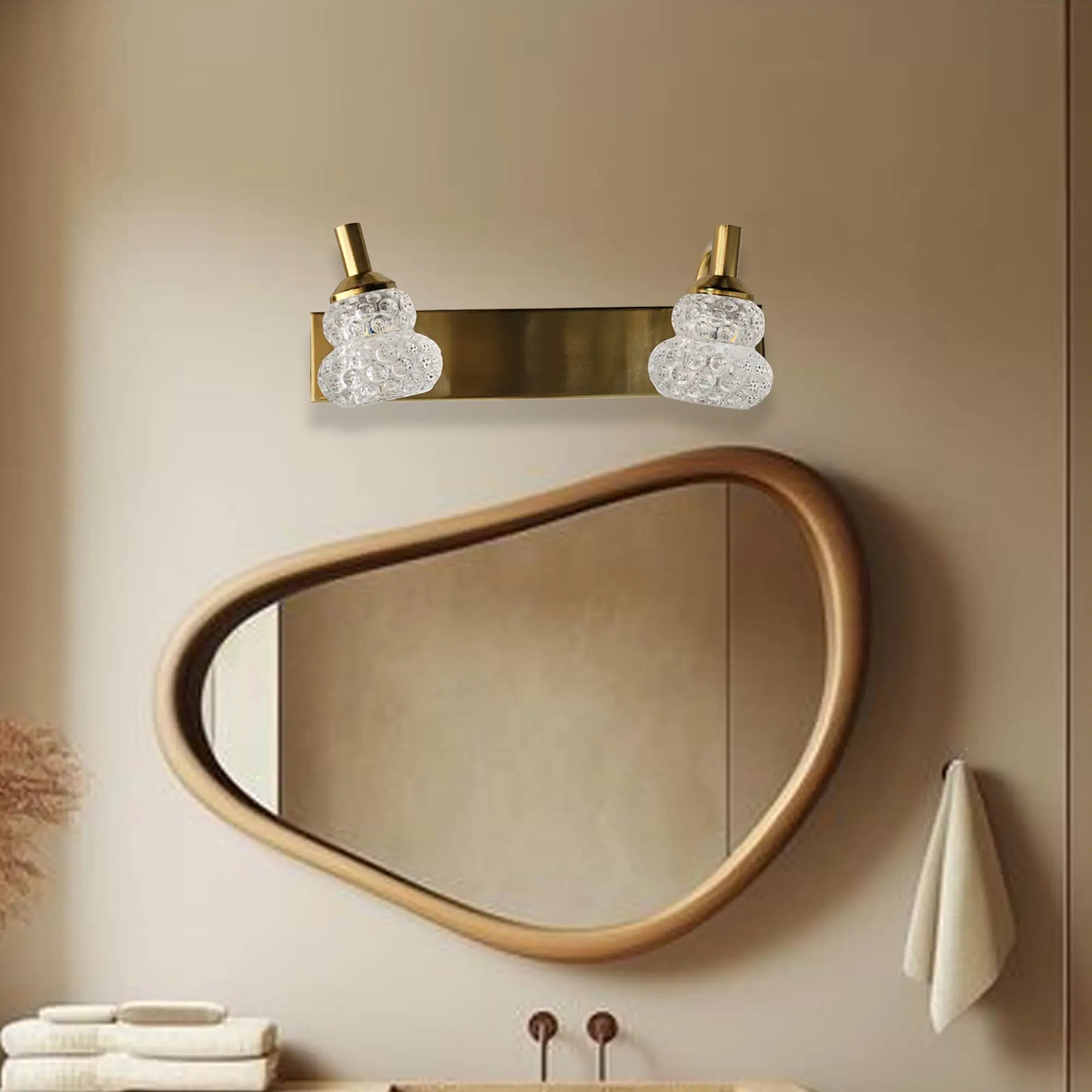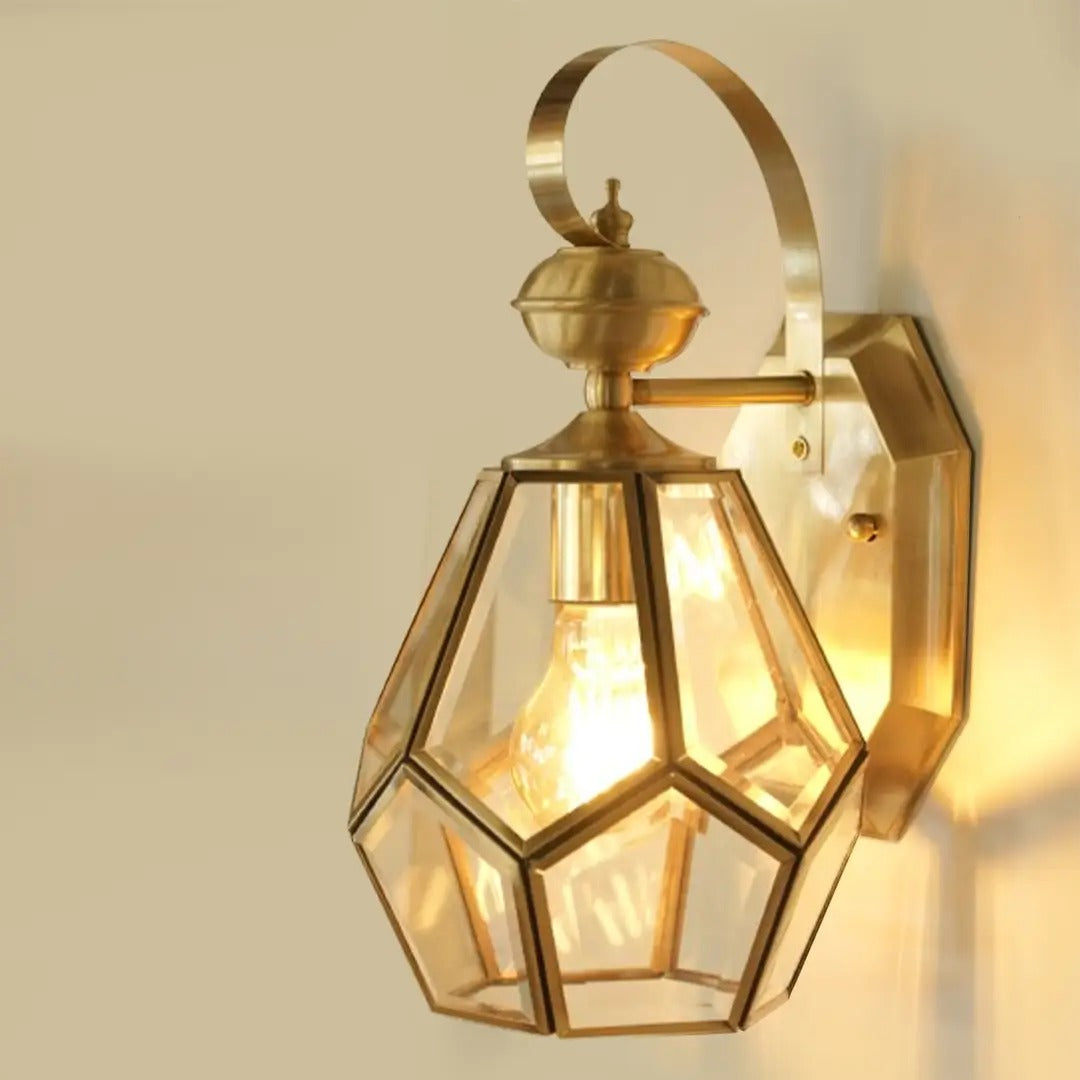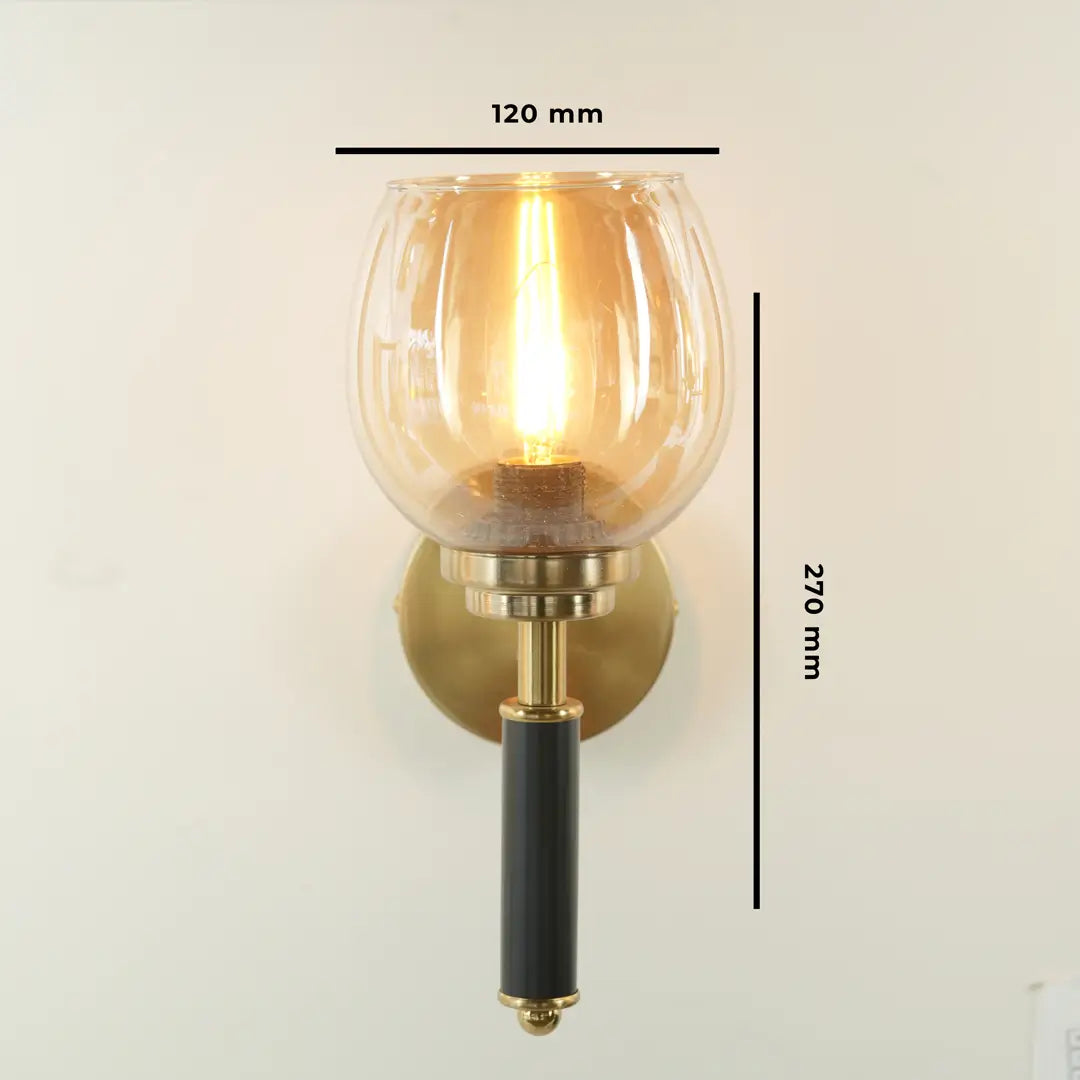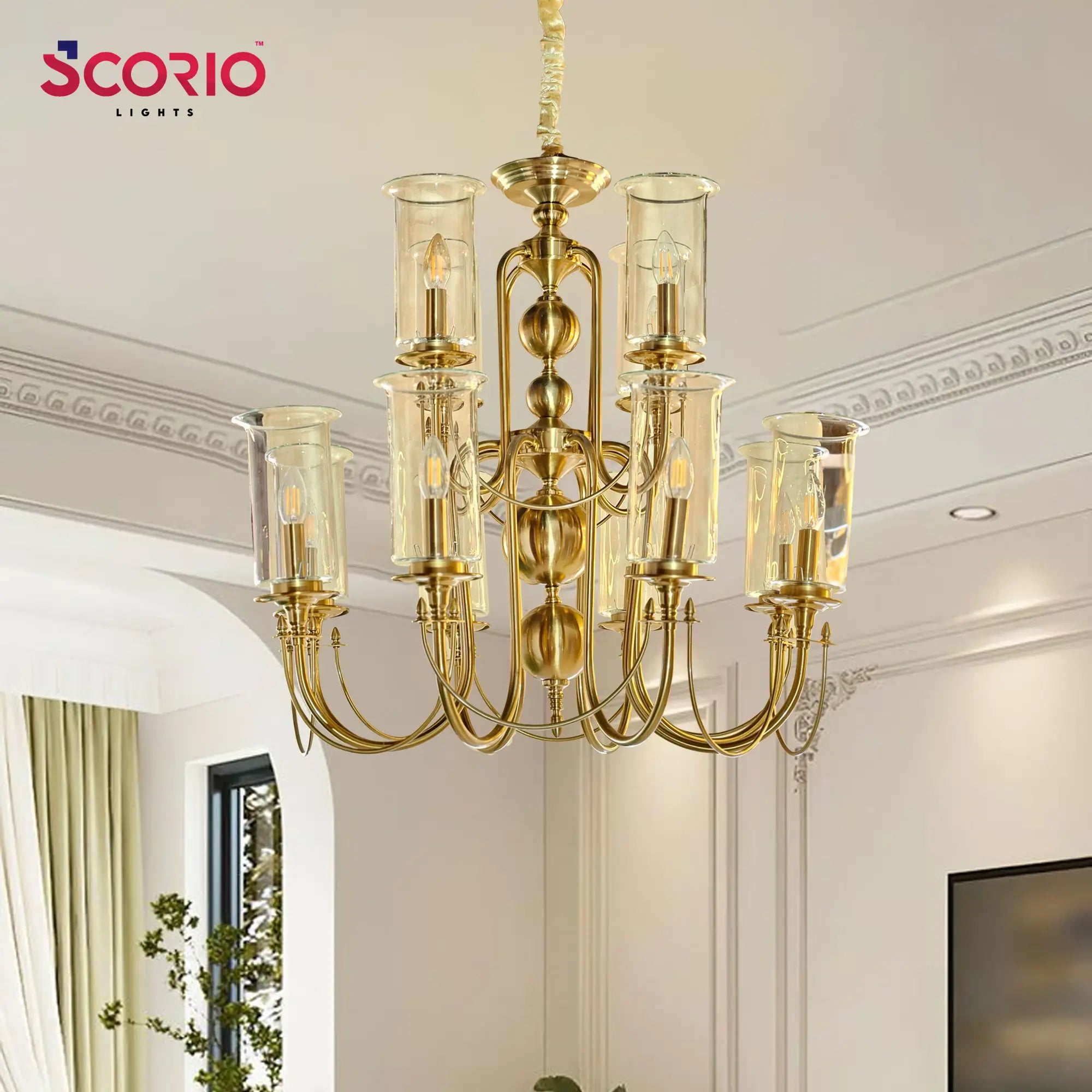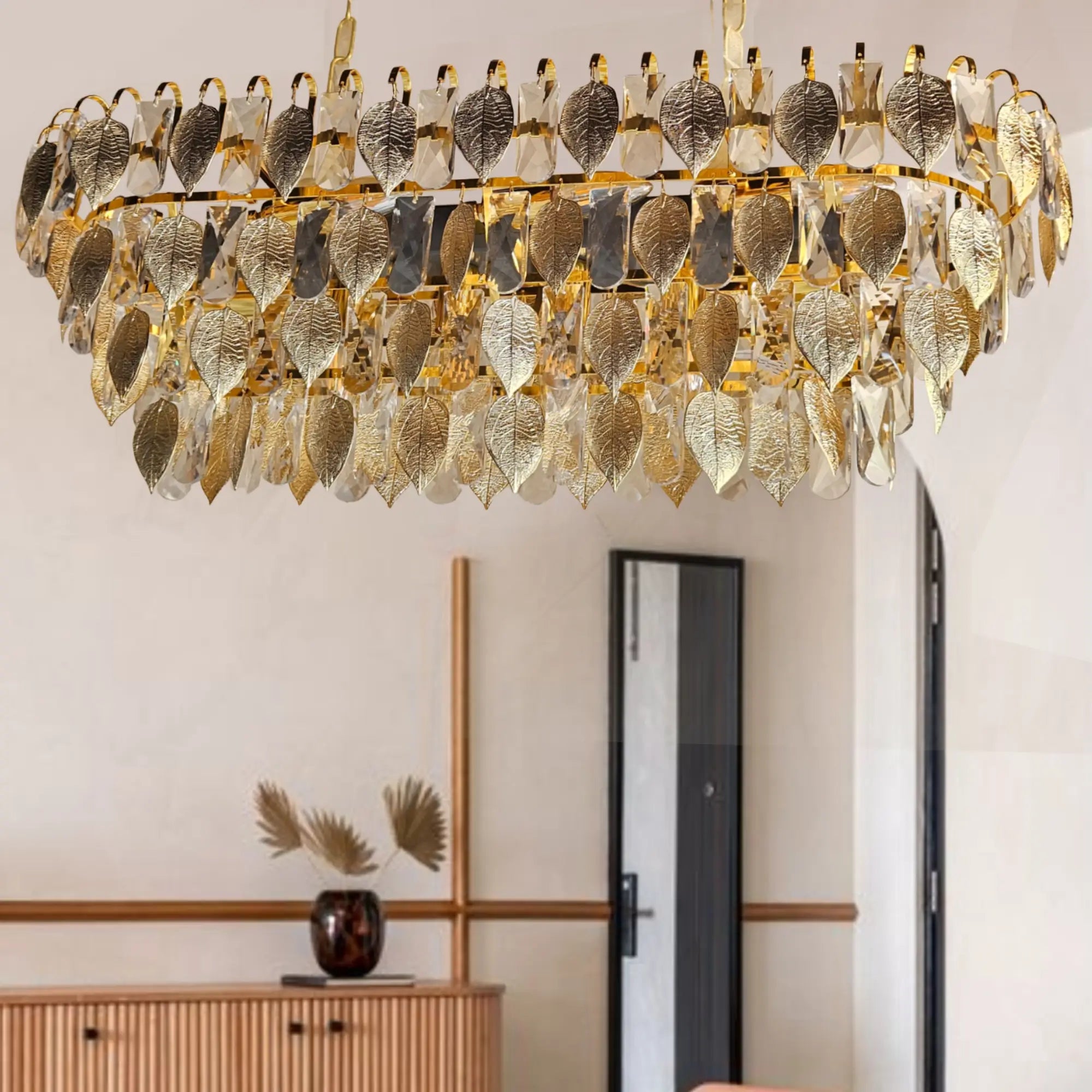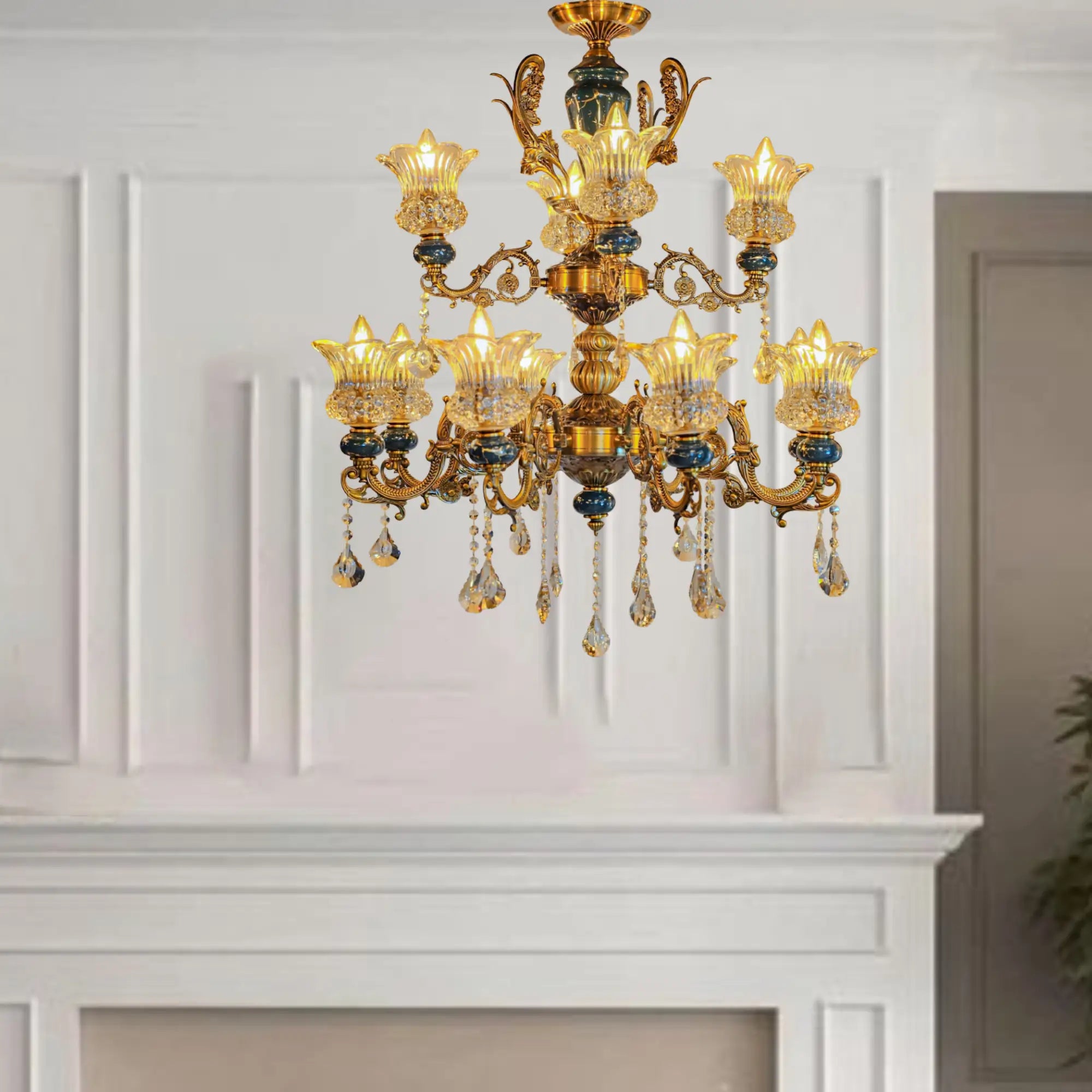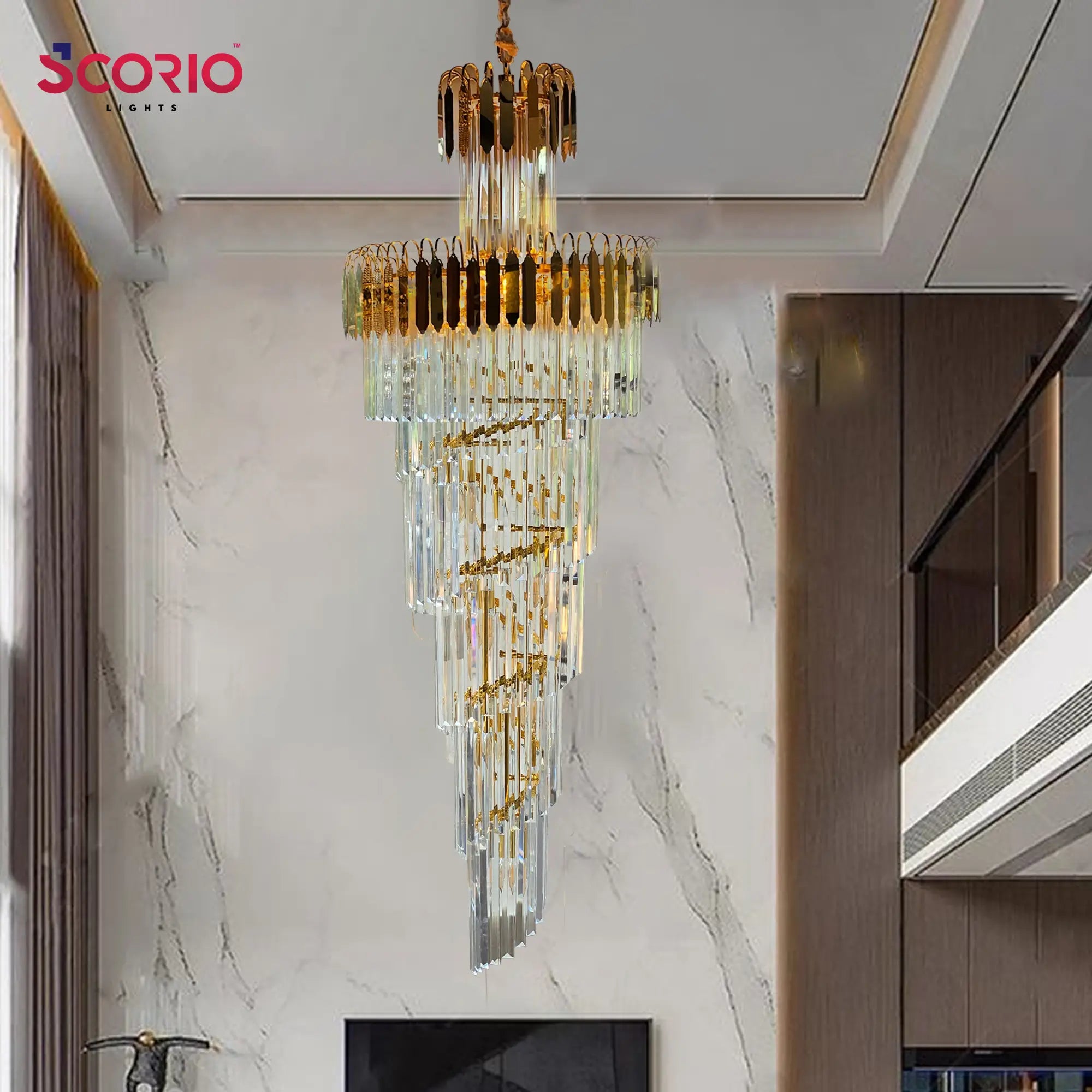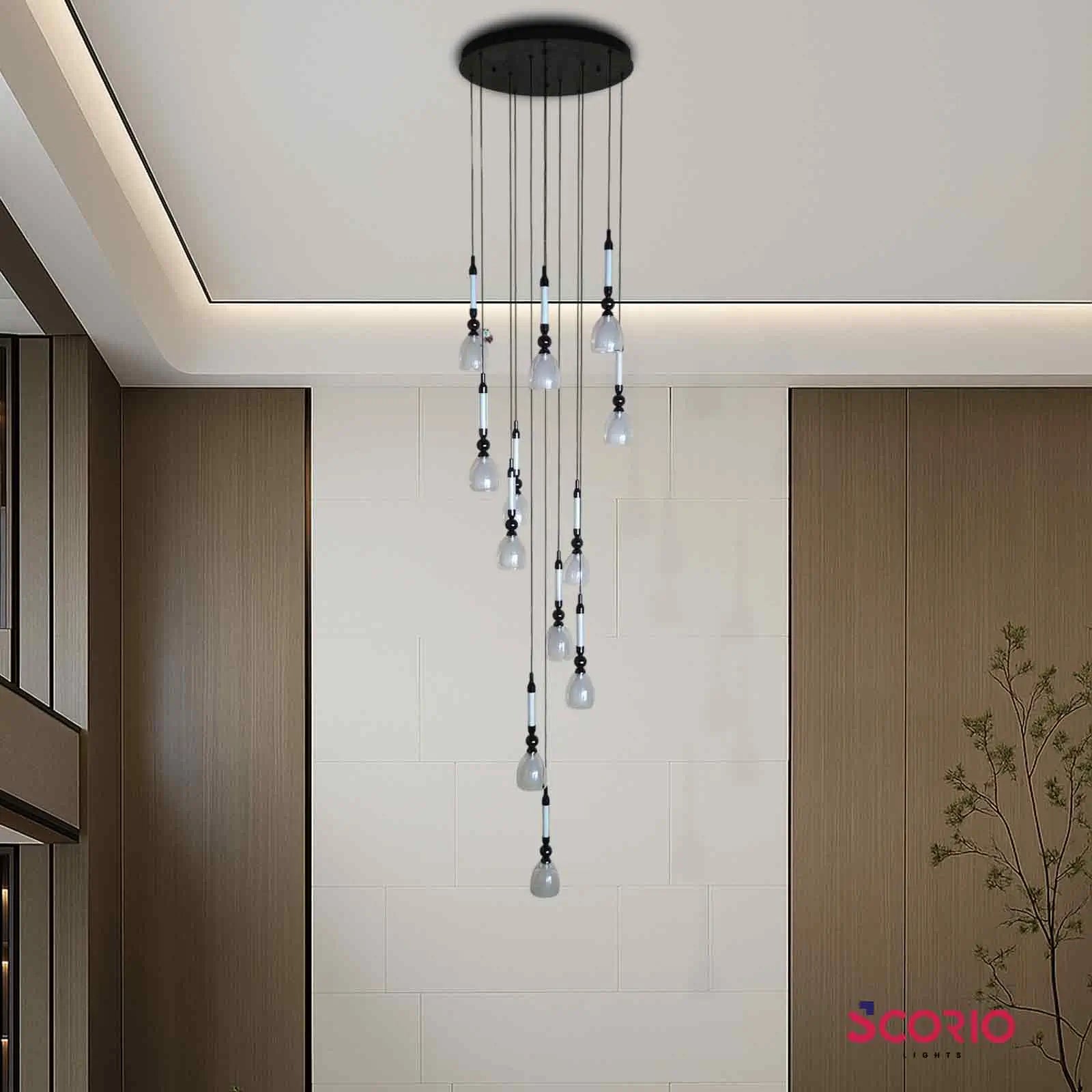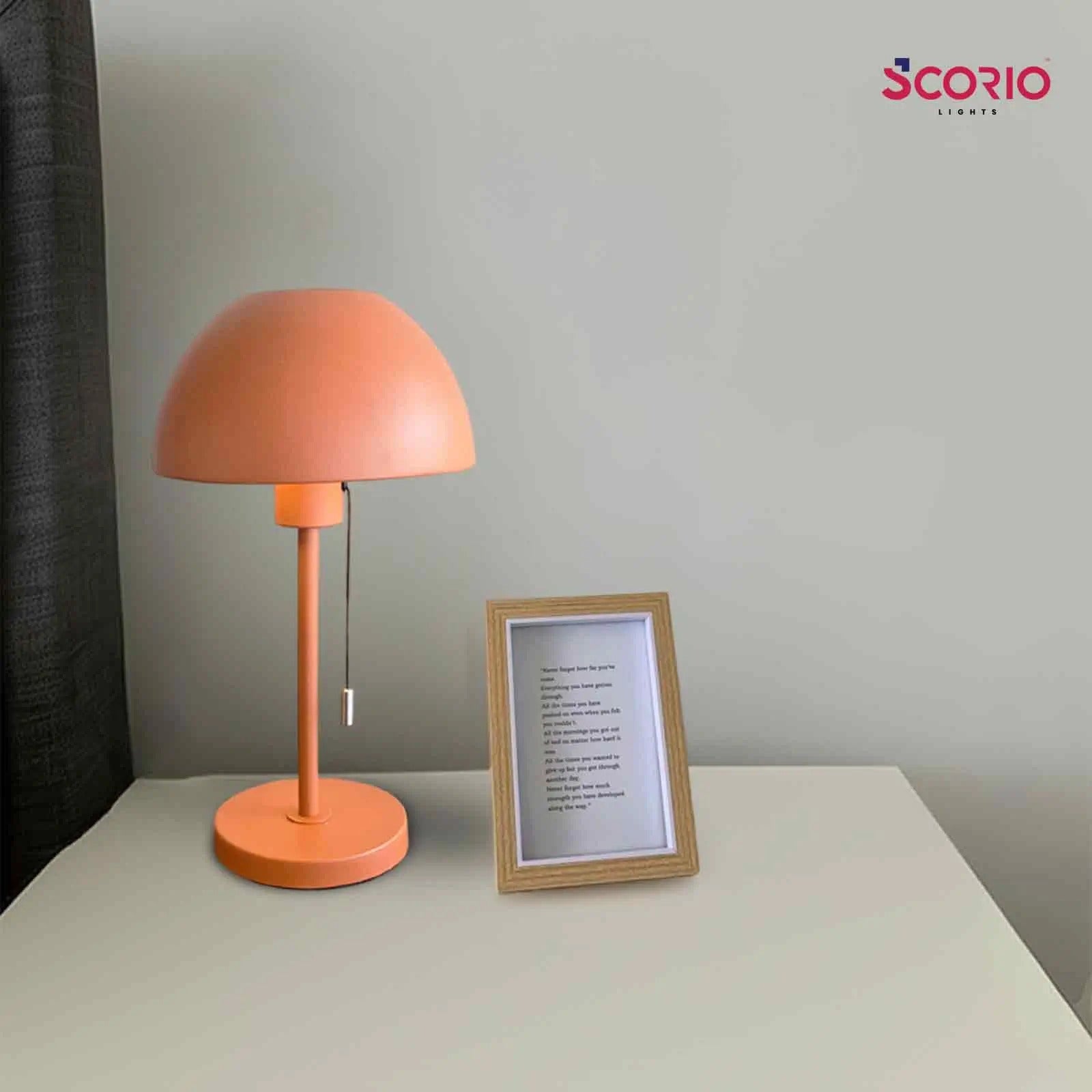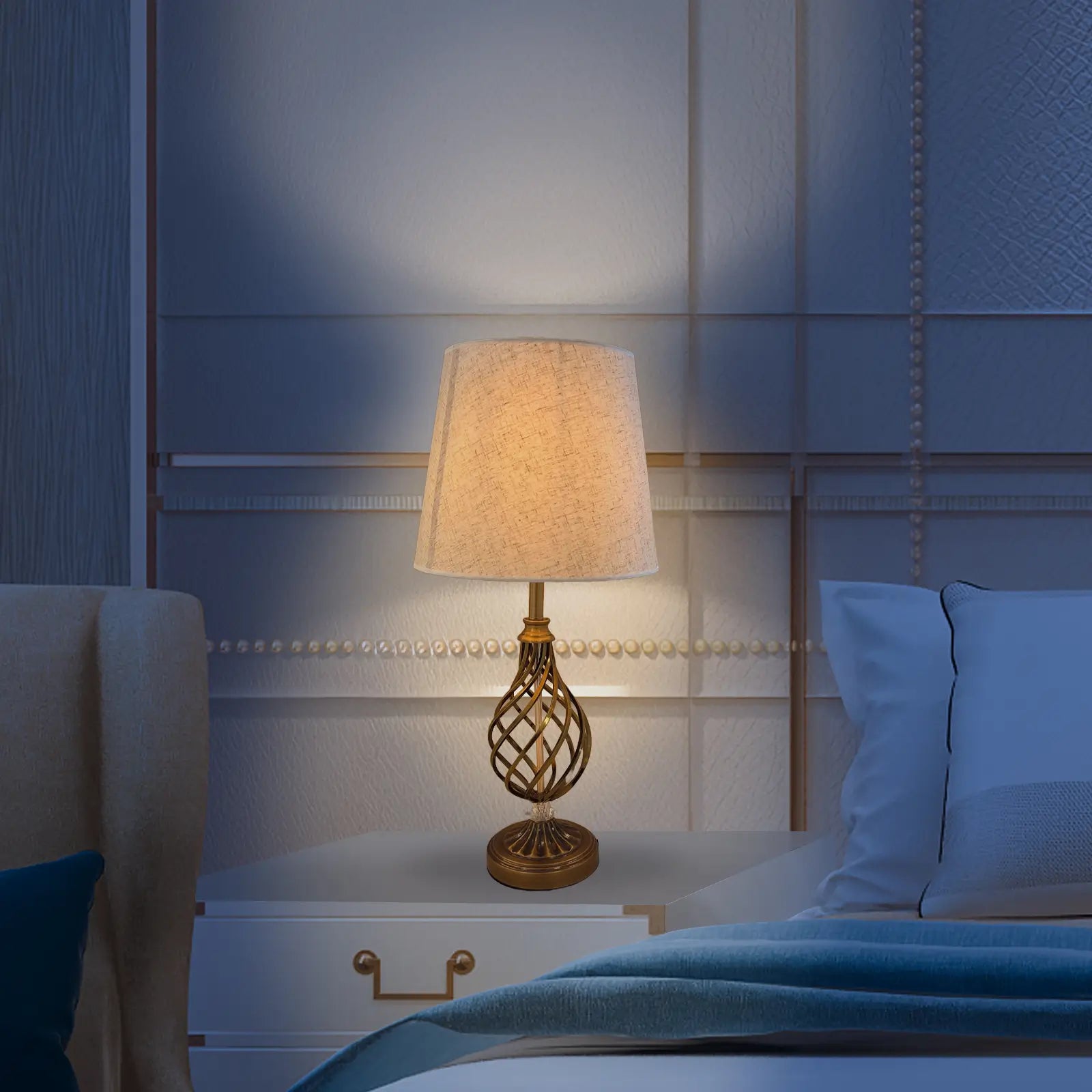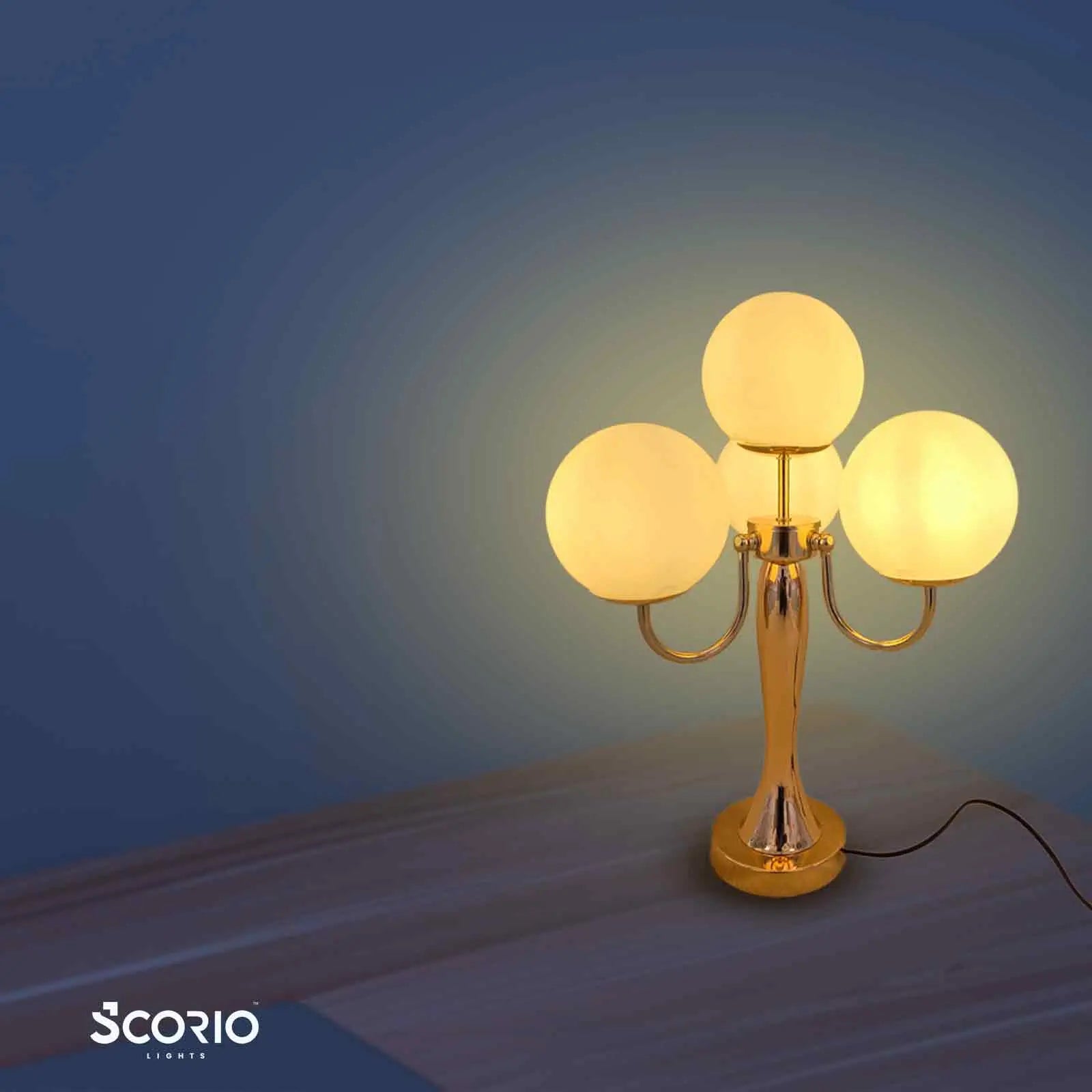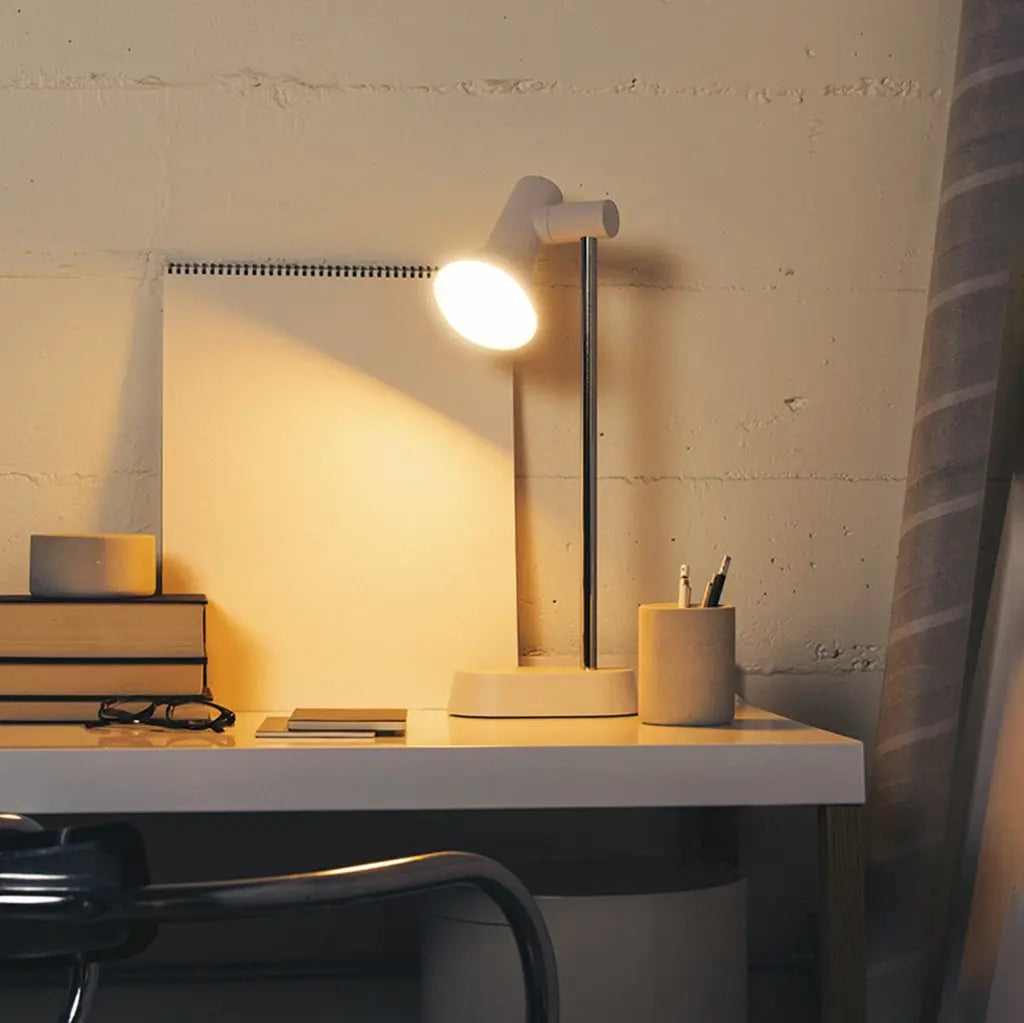
Choosing the ideal study lamps for eye comfort: Tips to Protect Your Eyes While Studying

Studying for long hours can be exhausting if the environment is not right. Proper lighting for your study table is instrumental for maintaining your eye health as well as setting a proper environment. Additionally, choosing the right lamp plays a vital role in increasing your productivity, and comfort, reducing eye strain and fatigue. So while choosing the study table lamp keep the following points in mind:
1. Adjustable Brightness & Powerful Light
Study time can vary from day to day and time to time. So a lamp that can offer adjustable brightness settings according to the study times and natural light conditions will be a good choice. This allows the use of optimal intensity of light which will prevent glare and releave you from eye strain.
2. Uniform Light Distribution
An ideal study lamp should have a light distribution which will evenly cover the workspace. Having shadows or hotspots will strain your eyes to see clearly. This consistent lighting helps in maintaining focus too.
3. Adjustable Color Temperature
Warm and cool tones are specifically designed for various purposes. Even though there is no written rule there are certain things you can do in each lighting setup. A cool tone is said to help in focusing and alertness while a relaxed warm tone is better for light reading. A study lamp with adjustable color temperature can make your workspace dynamic.

4. High Color Rendering Index (CRI)
A high CRI is crucial for a study lamp as it affects how color accuracy is perceived. A lamp with a CRI of 80 or above is ideal because it provides clearer and sharper visibility by illuminating images in a way that is more true to life. This feature is particularly important for studying materials like diagrams, graphs, and anything involving color differentiation.
5. Flexible Design
Lamps with adjustable arm and head will allow you to direct the light exactly where you need it. This will enhance the efficiency of your work. Also adjusting your lamp is important to avoid reflections or glare, which are common issues that contribute to eye fatigue. Even though most lamps have adjustable arm lamps with multiple moving hands provide the ideal study environment.
6. Minimal Blue Light Emission
Yes some blue light is beneficial for the day, but for the study sessions at evening and night excess blue light exposure can disrupt sleep patterns. It is better to go with a lamp that is specifically designed to reduce blue light emissions.
7. Flicker-Free Technology
As the name suggests a study lamp the flicker-free technology simply ensures that the light doesn't flicker by maintaining a constant flow of electricity to the light source. Flickering lights can lead to eye strain, headaches, and even migraines. So to have a lamp with flicker-free technology is better for your workspace.
8. Energy Efficiency
LED lamps are a great choice for energy efficiency. They also produce less heat when compared to traditional bulbs. LEDs have a longer lifespan too.
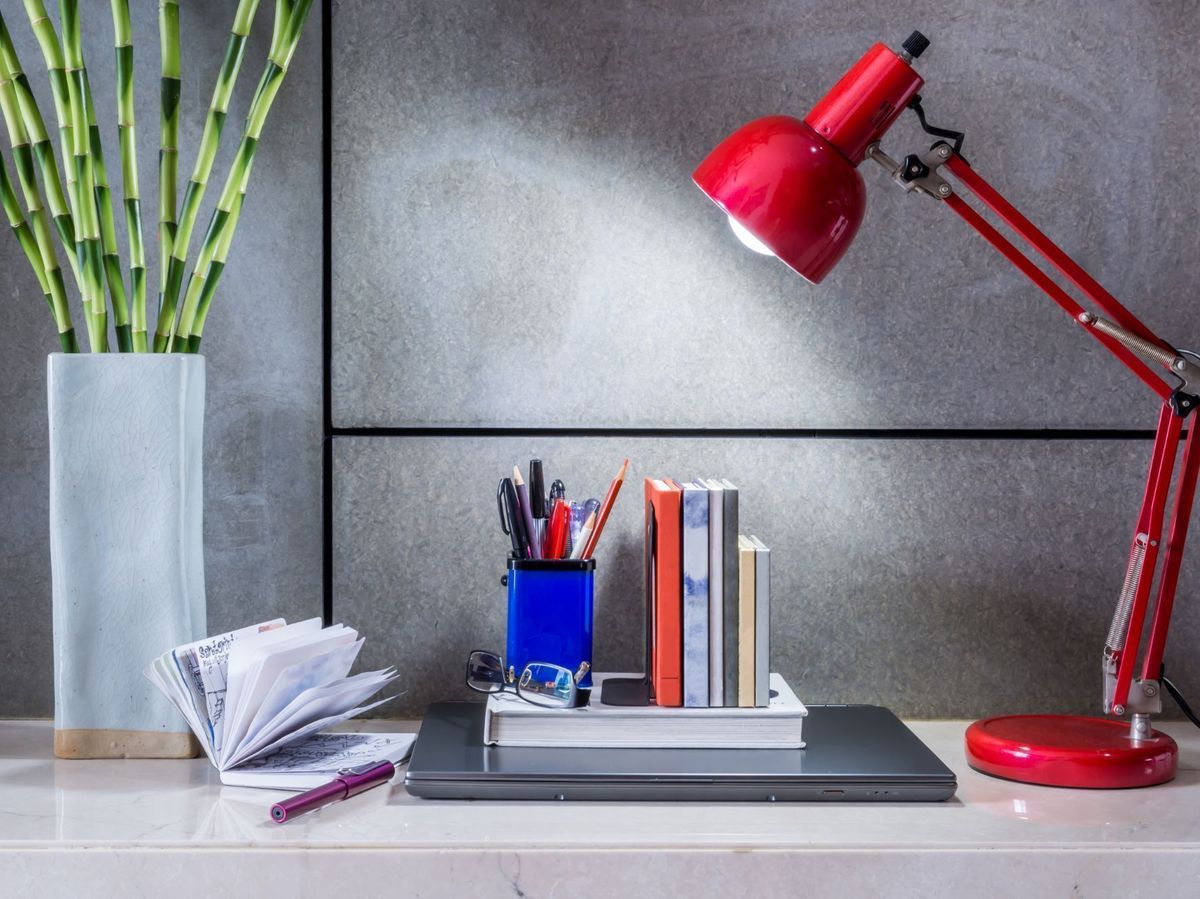
9. Aesthetic Appeal
Setting the workspace for study is something of setting a space to your utmost satisfaction as the space itself should inspire you to study. Aesthetics play a crucial role in setting the space. So to have lamp that appeal to your aesthetic is important as well.
Many people have doubts whether a study lamp is good for the eyes or not. The answer is your choice of study lamp plays a vital role in maintaining eye health. By focusing on the features mentioned above you can have a study table lamp that will enhance your workspace as well as protect your eye health.
